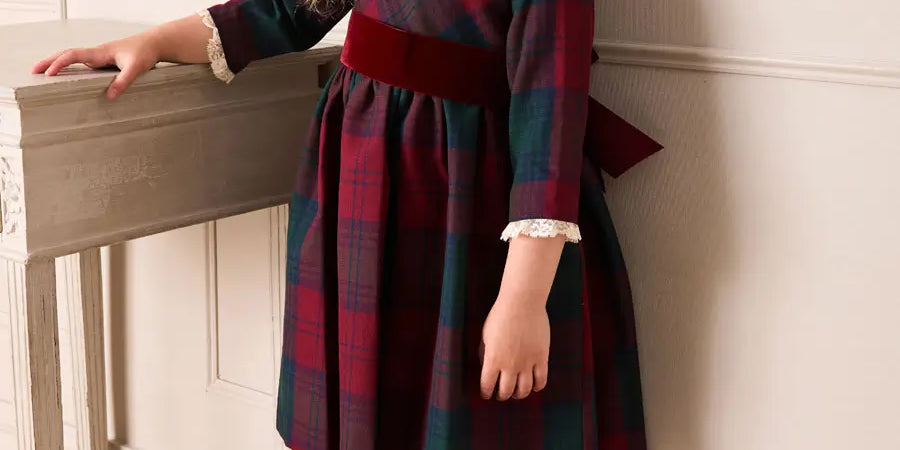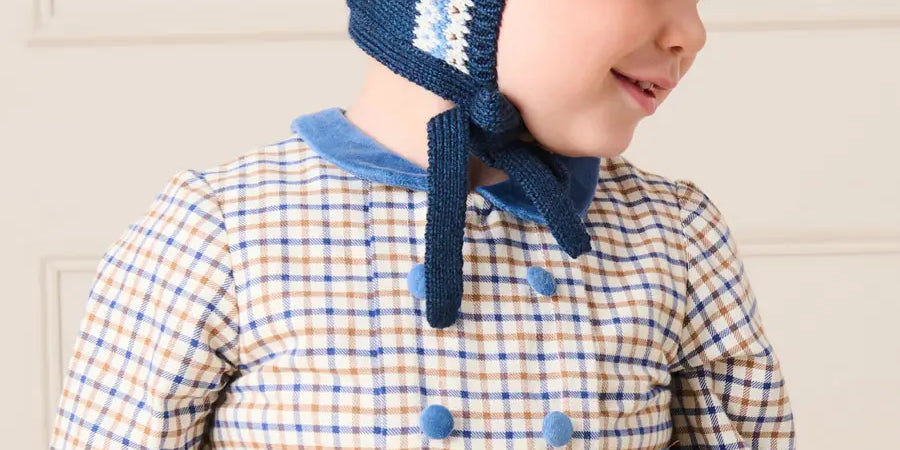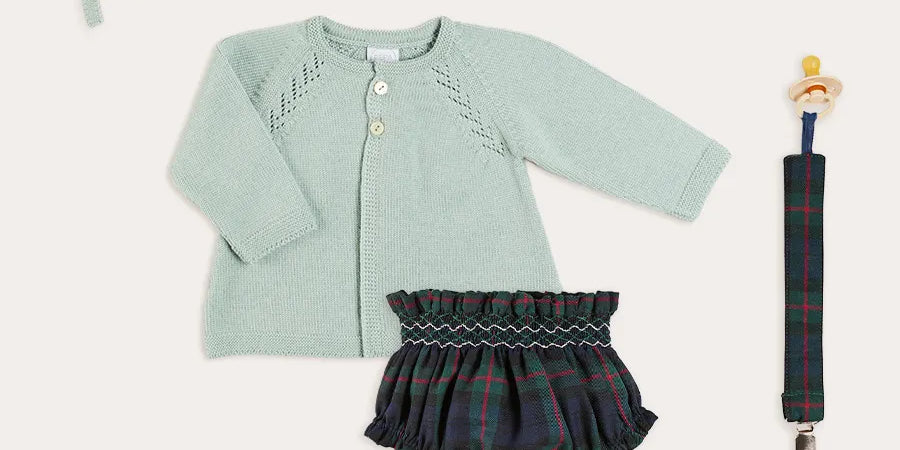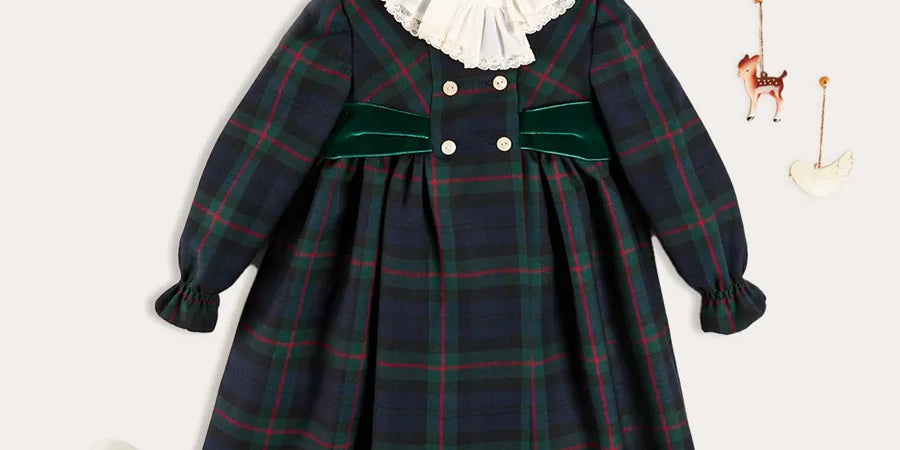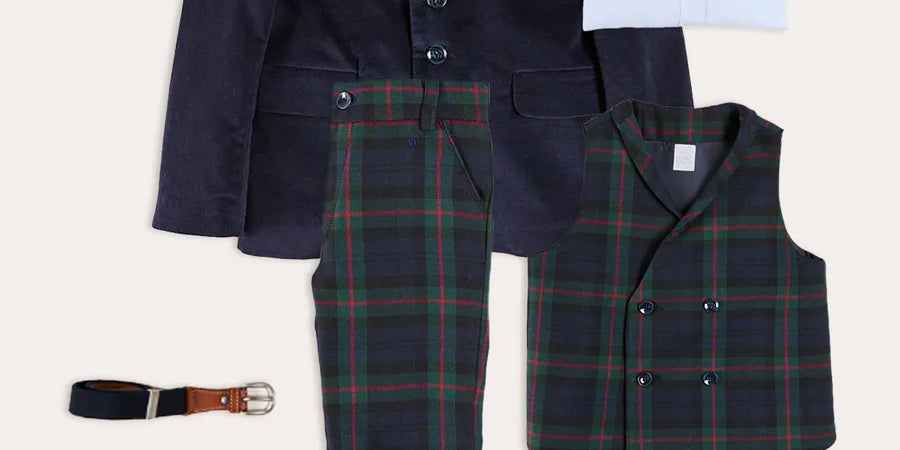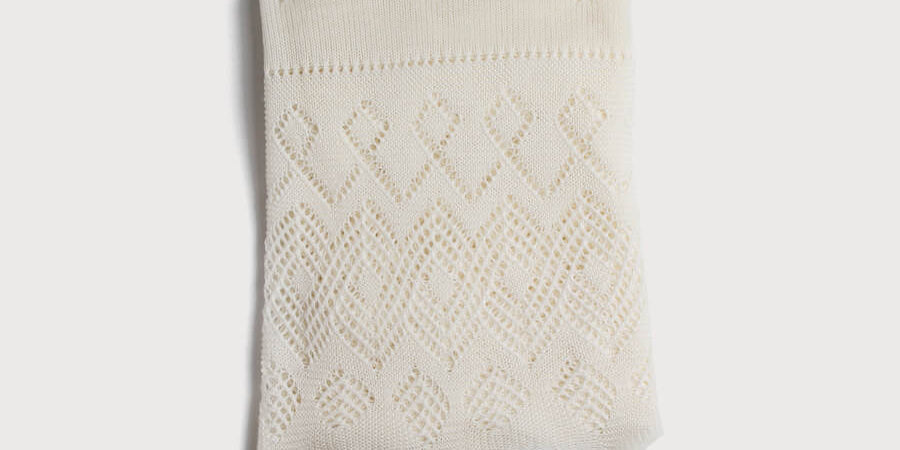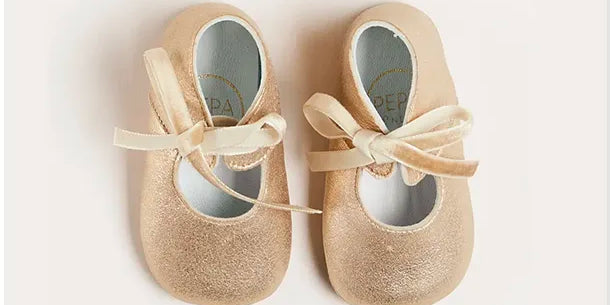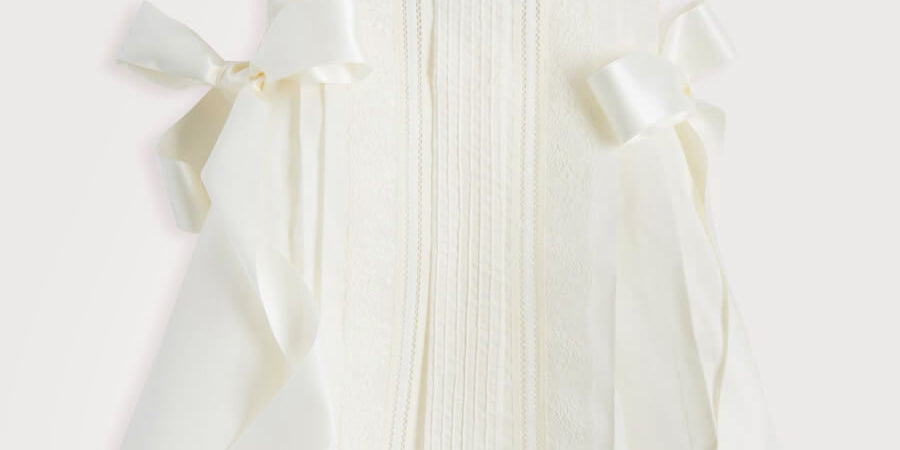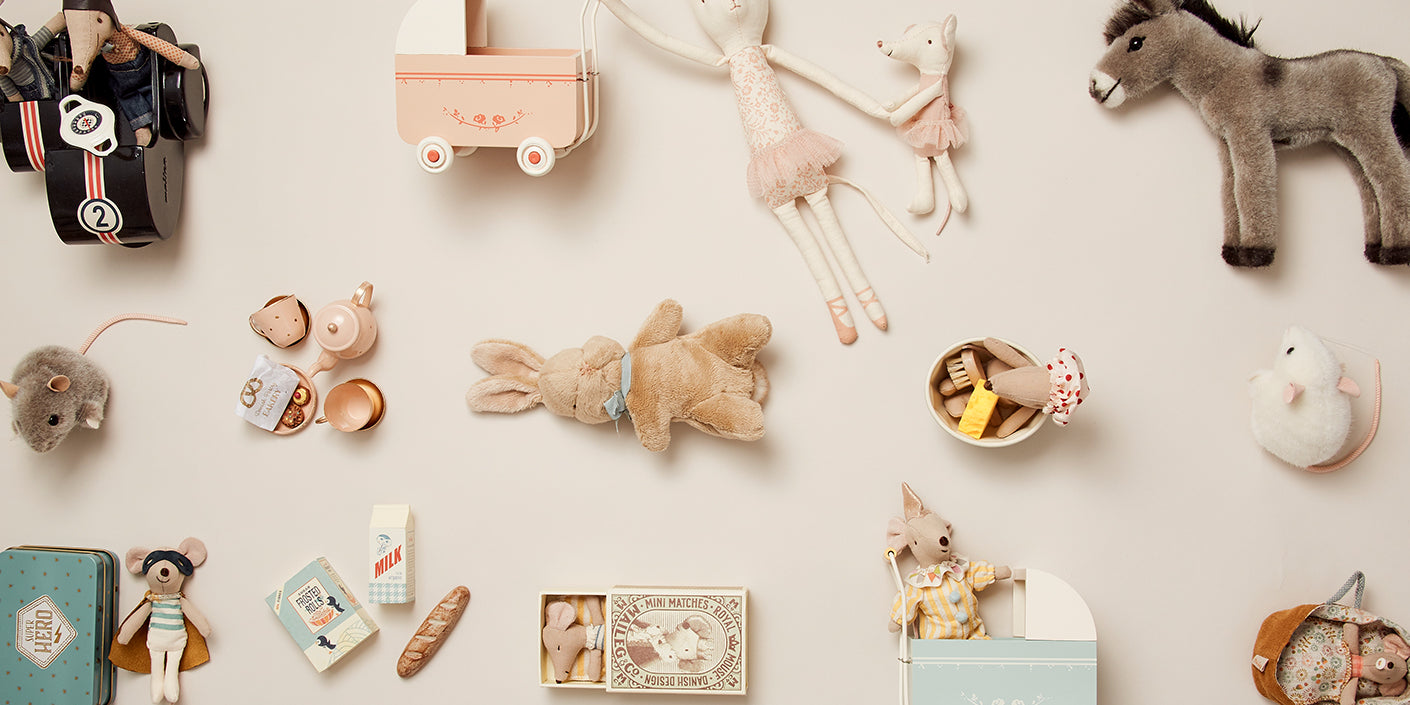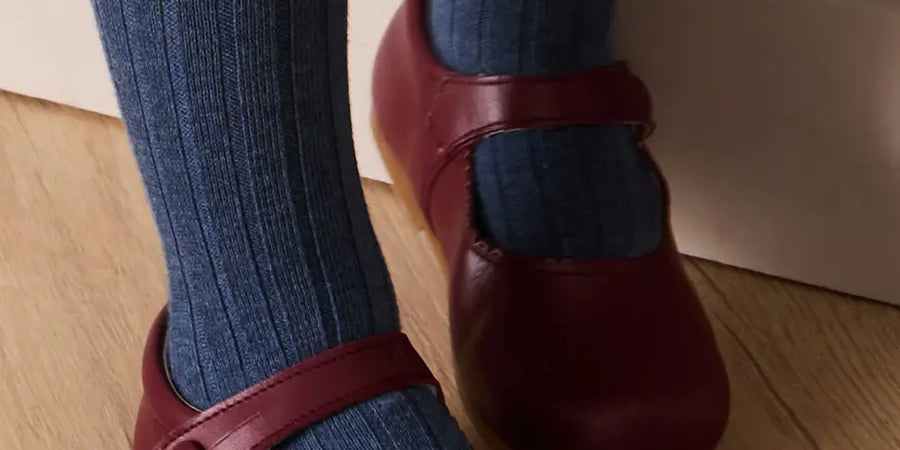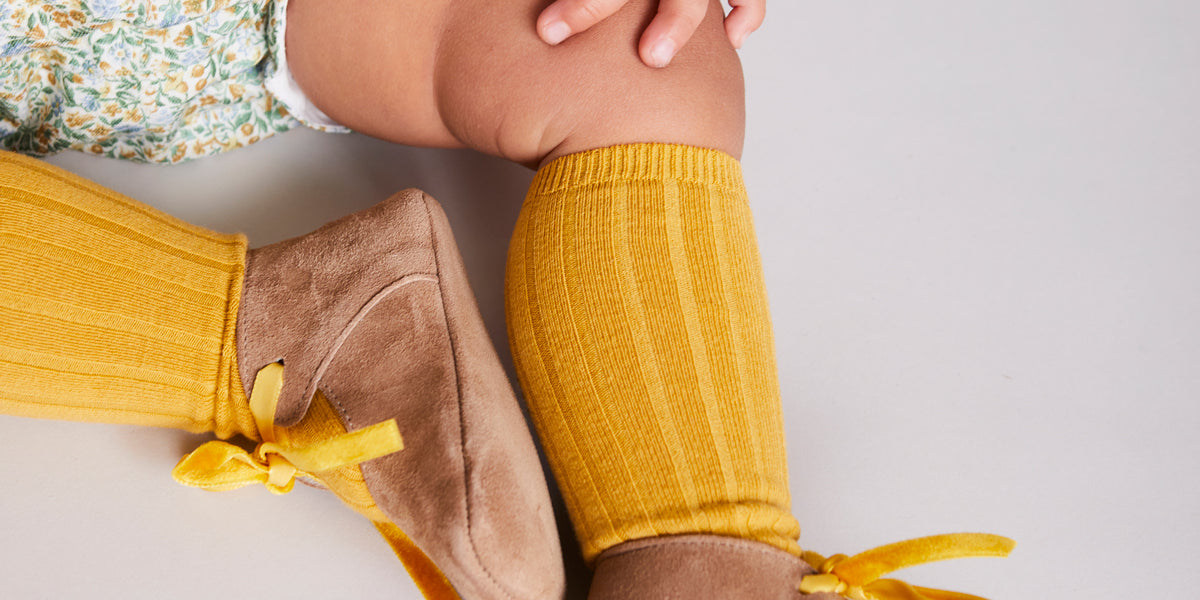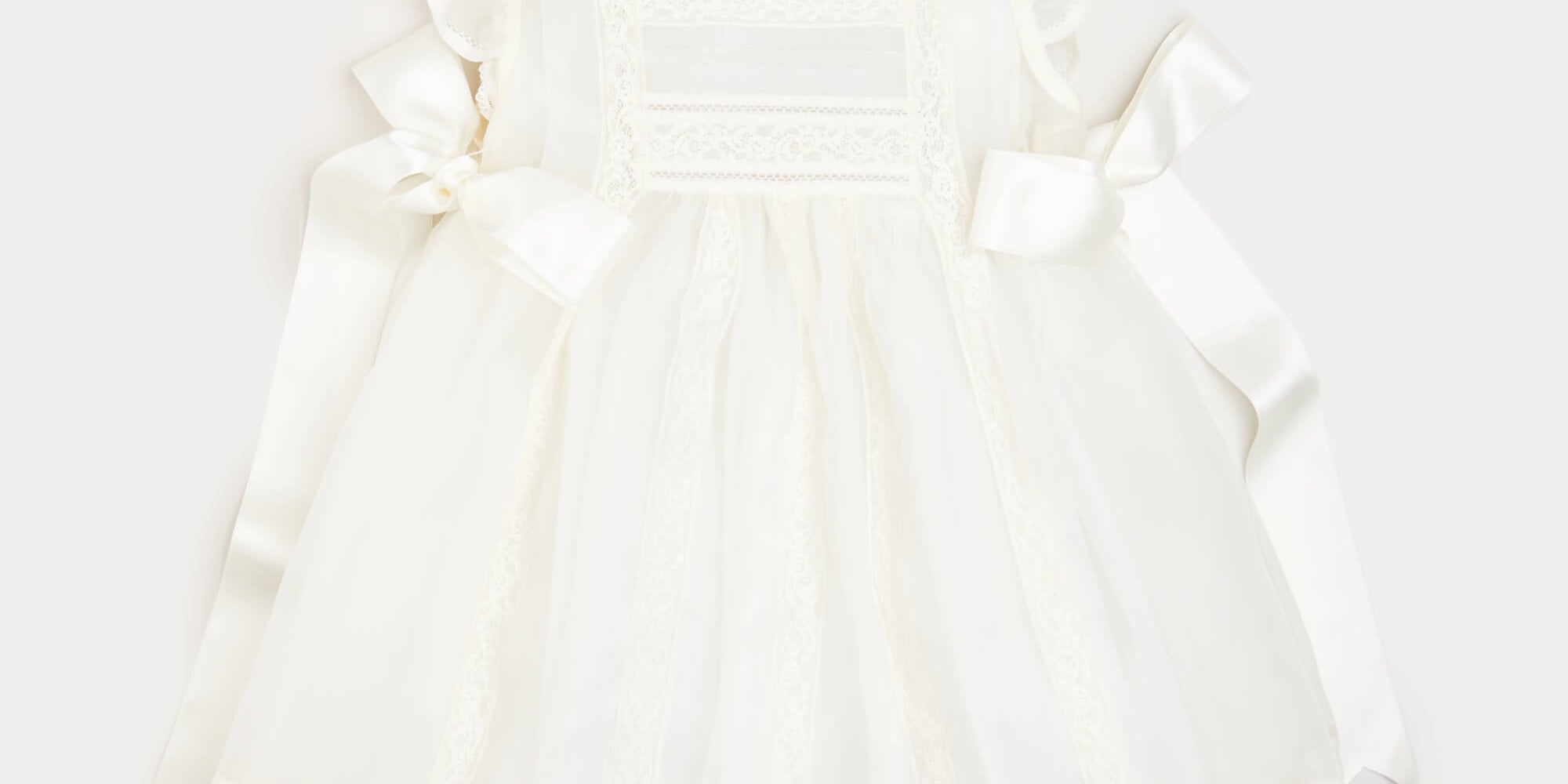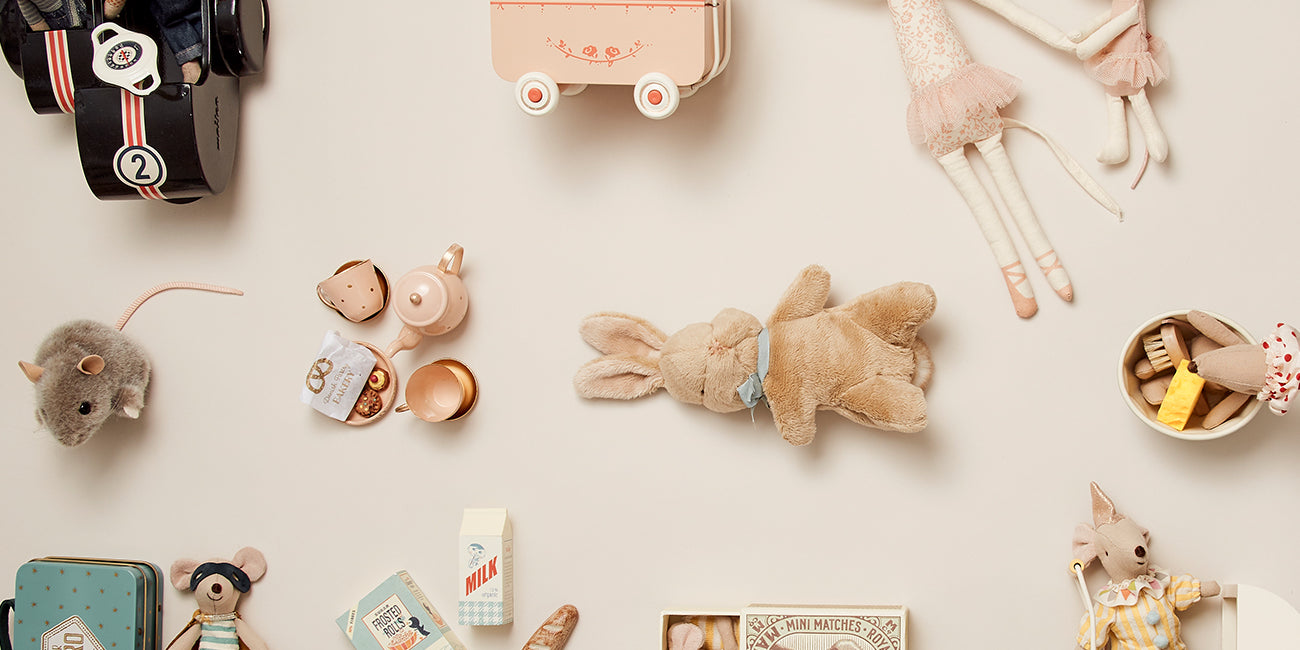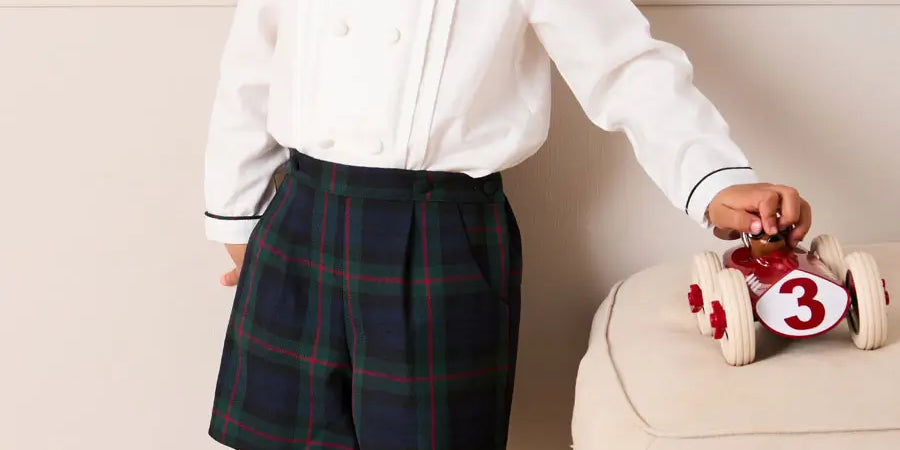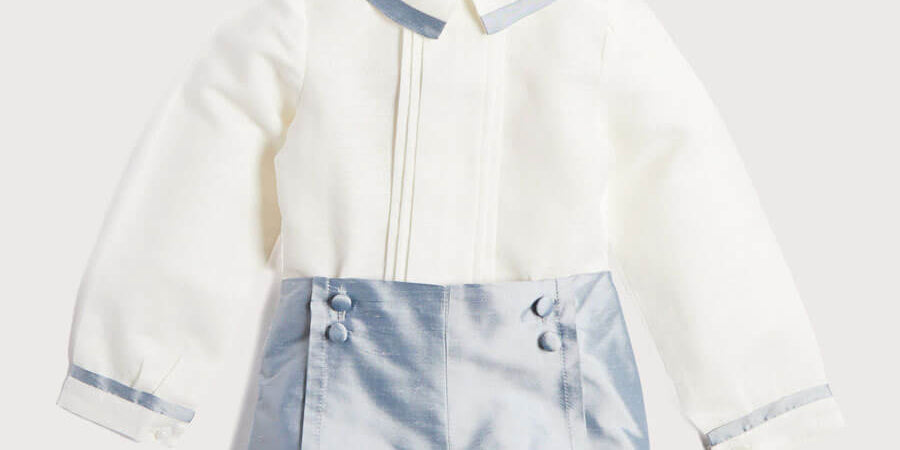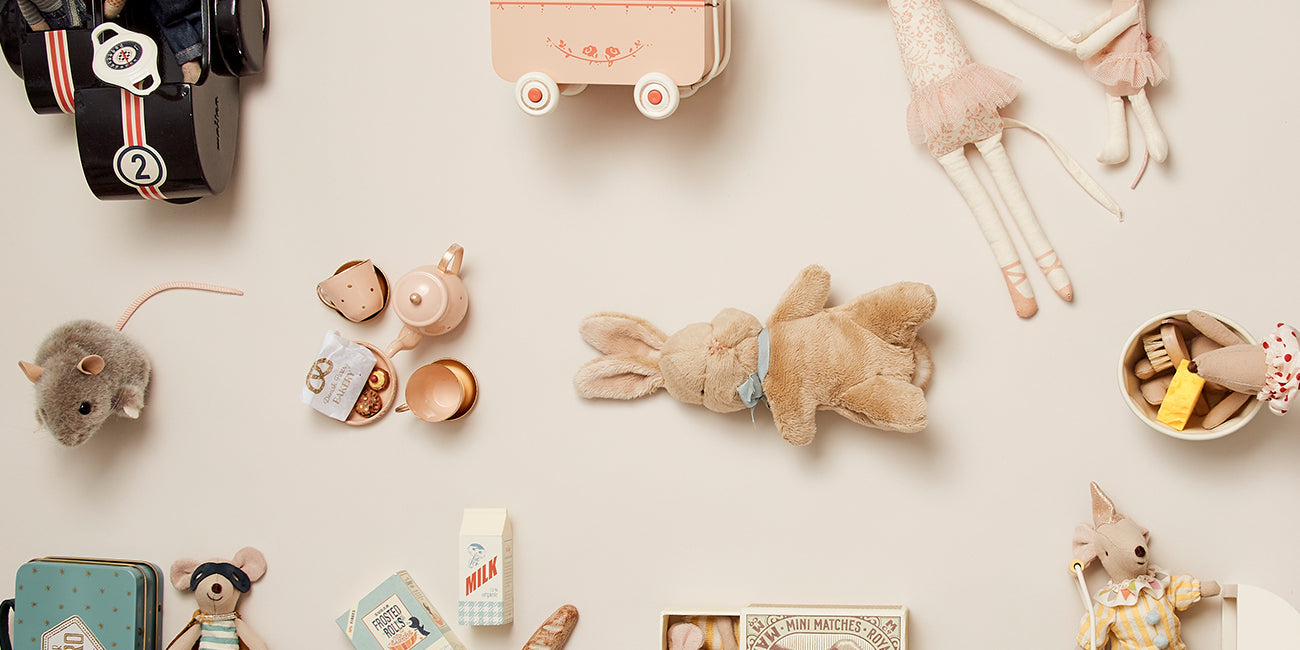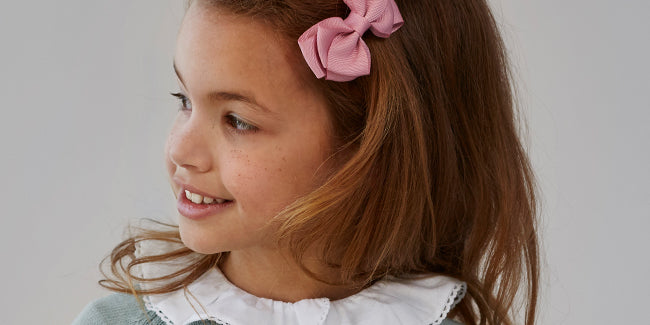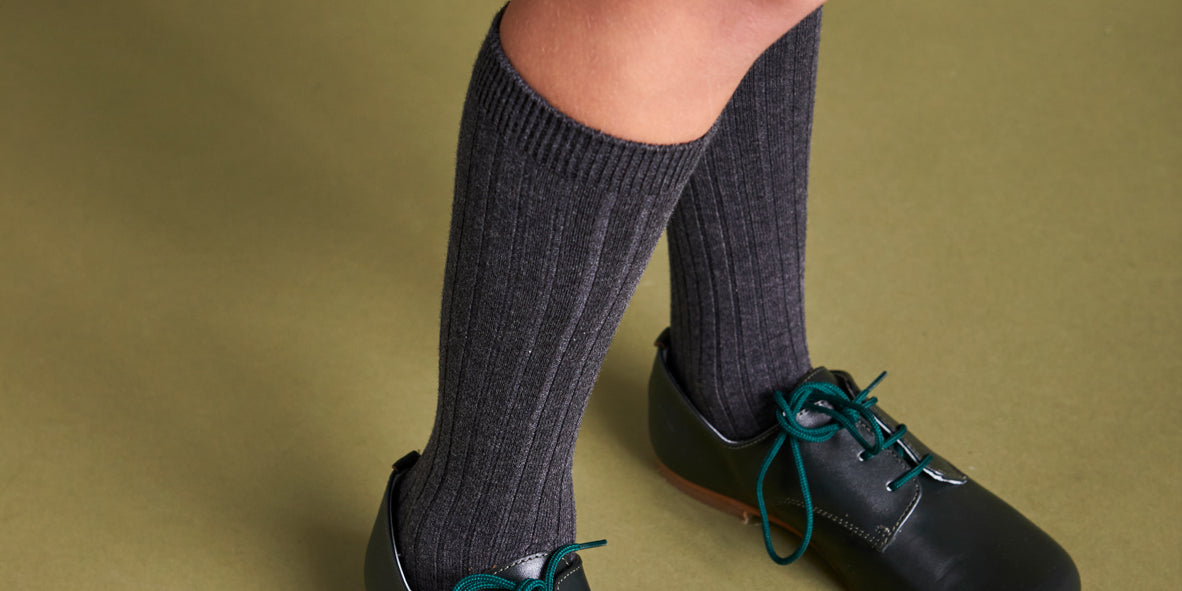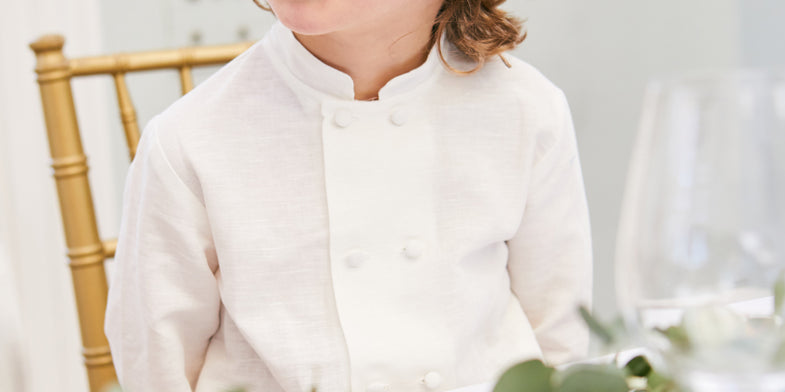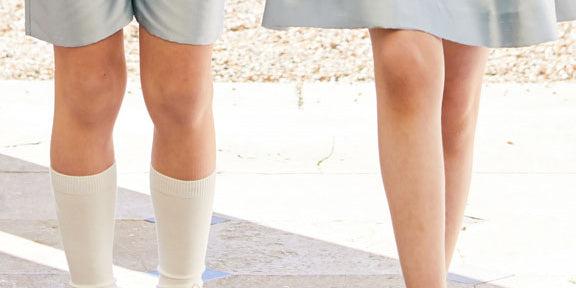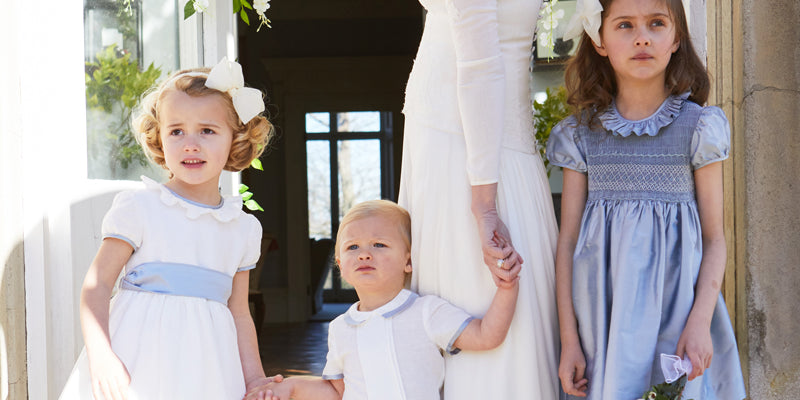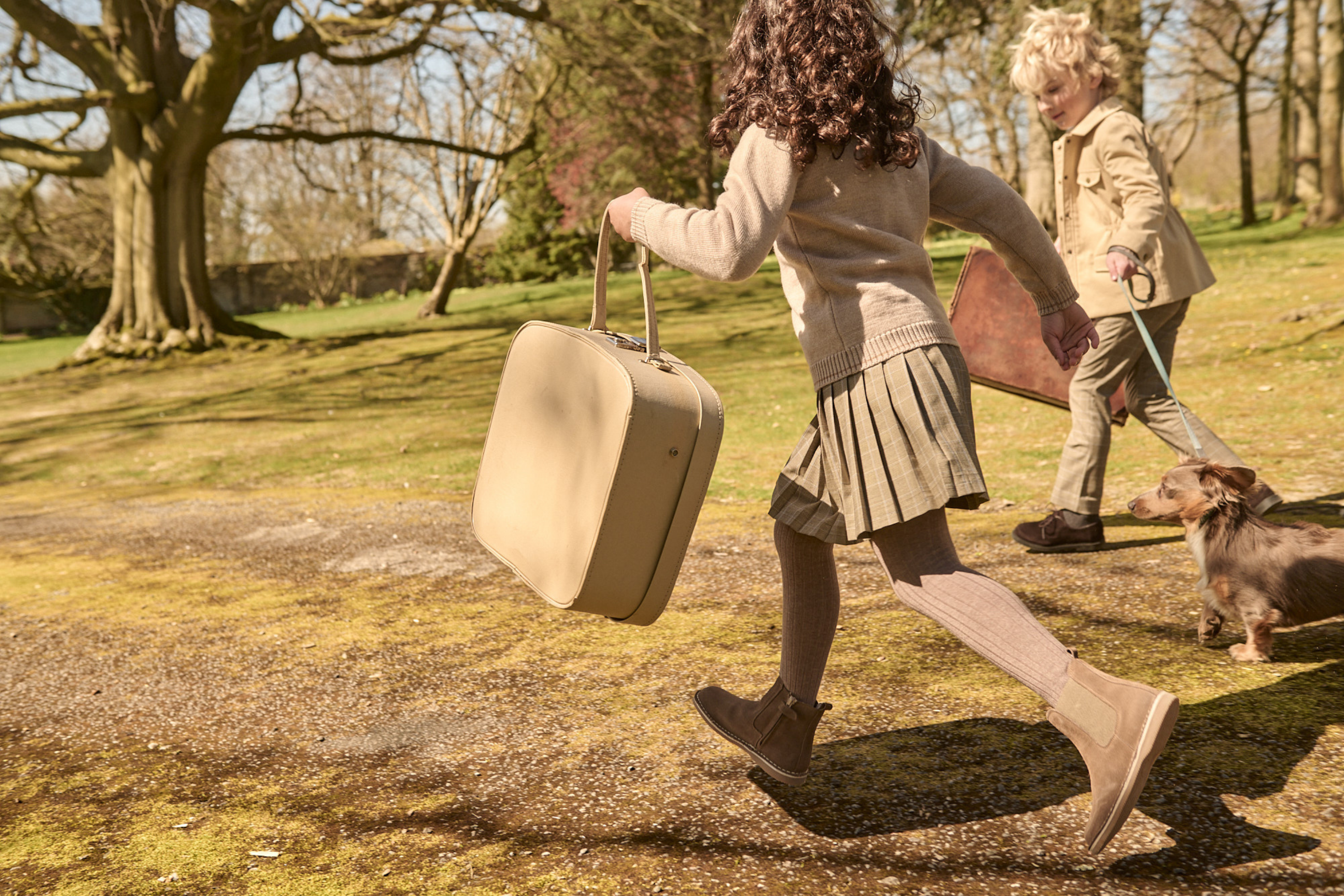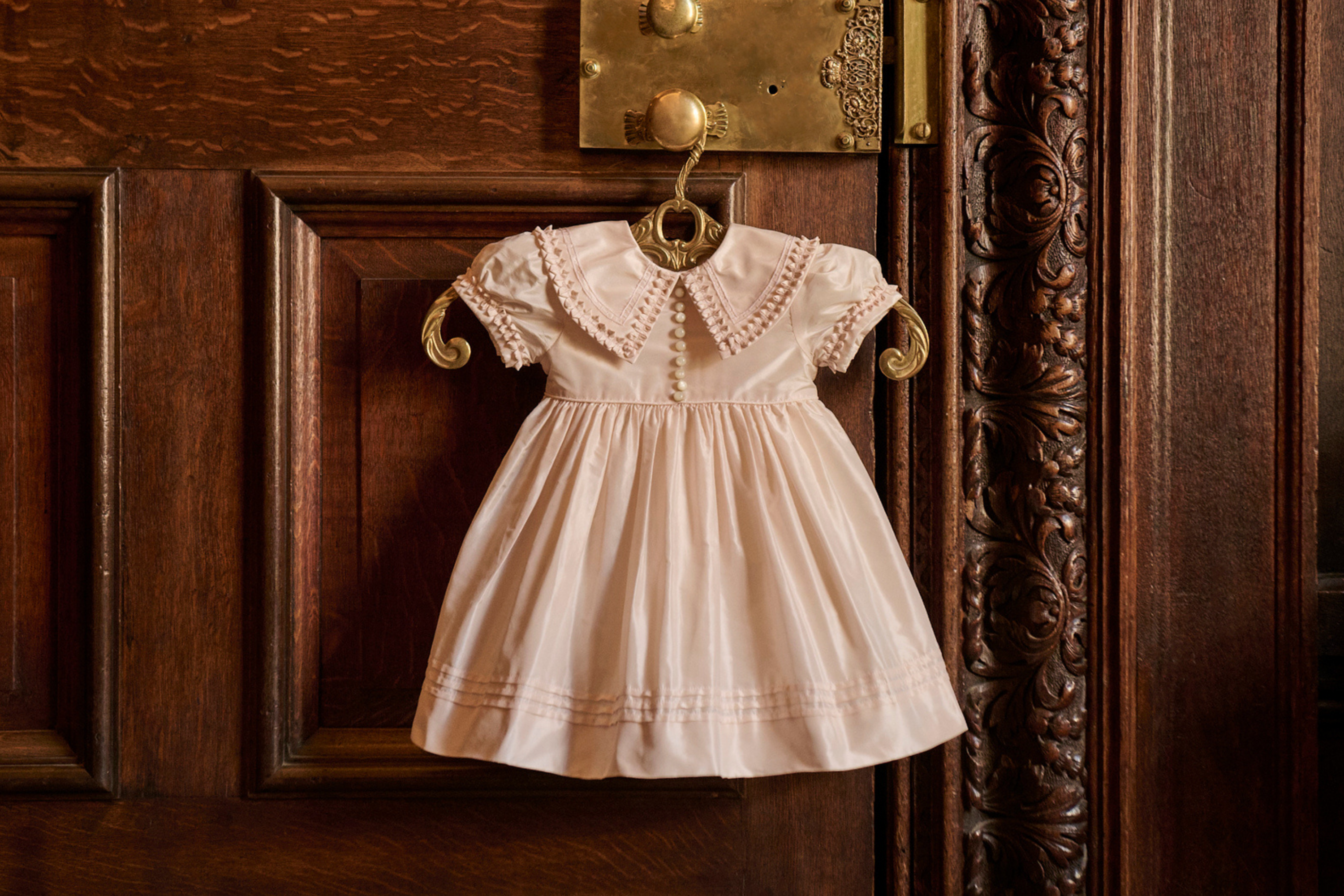Christmas is celebrated on December 25 and is both a sacred religious holiday and a worldwide cultural and commercial phenomenon. For two millennia, people around the world have been observing it with traditions and practices that are both religious and secular in nature.
Today, Christmas traditions play an important part of building a strong bond between family, friends and our community and help our little ones feel a sense of belonging whilst creating memories that will last a lifetime. But have you ever wondered why we celebrate Christmas the way we do with advent calendars and trees? Everyone will have their own traditions that are personal to them, but below are handful of mainstream ones that we have all grown to love:
- PUTTING UP A CHRISTMAS TREE
When you think of Christmas, one of the first images to spring to mind is probably a Christmas tree, covered in twinkly decorations, lights and tinsel. Here in the UK, many people think the tradition of Christmas trees in started with the Victorians because Queen Victoria and her husband Prince Albert were known to be very big fans of Christmas!
However, the tradition actually dates back further than that. It originally came from Germany, where Prince Albert was actually born, and was introduced to England during the Georgian period, when King George III was on the throne. His wife Charlotte of Mecklenburg-Strelitz was German, and it is thought she use to decorate a tree for her family in the 1790s back in Germany then carried on the tradition when she moved to the UK.
Did you know, ever since 1947, Norway has donated a tree to London to say thank you for helping them during World War II? A special ceremony is held in Norway in November, when the tree is cut down in the forest. Then, it comes over to the UK by sea, before being driven to London on a big lorry.
Putting up a Christmas tree with your little ones is a cherished yearly memory – making it fun and getting your children involved is really important. Let your little ones get creative by making them create their own decorations, and if you don’t want them on your main tree why not get them a little one to personalise themselves?
- HAVING TURKEY ON CHRISTMAS DAY
Eating turkey on Christmas Day is a relatively new tradition to the UK. Native to North America, turkeys were first transported to England in the 16th century but did not become popular at first due to their high price. Before turkeys came to British soil, people would consume geese, wild boar, chicken, cow and even peacocks during the festive period until after World War II.
It is said that King Henry VIII was the first monarch to eat turkey for his Christmas meal. It was then popularised by Charles Dickens’ 'A Christmas Carol' and then again by King Edward VII, who also chose to eat it for his Christmas feast. Did you know, 87% of British people believe that Christmas would not be the same without a traditional roast turkey.
- OPENING AN ADVENT CALENDAR
Like many other aspects of modern Christmas practices, the advent calendar is of German origin. From the early nineteenth century, German Protestants began to mark the days of Advent either by burning a candle for the day or, more simply, marking walls or doors with a line of chalk each day.
Advent is an important part of the Christian calendar. It means 'coming' and it's the period before Christmas, which celebrates the birth of Jesus. It officially starts on the Sunday nearest to 30 November, but most modern advert calendars will start from December 1st.
Since gaining mass popularity by 1920, the calendars have evolved and now can include daily gifts from mini bottles of wine to nail polish – but the most popular continues to be chocolate!
- SENDING CHRISTMAS CARDS
People have been sending Christmas greetings to each other for hundreds of years. The first recorded use of 'Merry Christmas' was in a Christmas letter sent in 1534.
However, the idea of sending Christmas cards is quite a new tradition. The custom of sending Christmas cards, as we know them today, was started in the UK in 1843 by Sir Henry Cole. He was a senior civil servant (Government worker) who had helped set-up the new 'Public Record Office' (now called the Post Office), where he was an Assistant Keeper, and wondered how it could be used more by ordinary people.
At the time, he has just created the ‘penny post’ which allowed people to purchase a stamp for a penny – before this only rich people could afford to send anything. He then had the idea of Christmas Cards with his friend John Horsley, who was an artist. They designed the first ever Christmas card and sold them for 1 shilling each (that is only 5 pence or 8 cents today). This new invention quickly caught on and is still a huge tradition worldwide today.
Did you know, 45% of all cards sent are Christmas cards?
If you need something to do with your little ones over their Christmas break, why not get crafty and make your very own Christmas cards? Family and friends will love to receive something personal and your children will enjoy getting hands on and making something that is their own!
- OPENING CHRISTMAS CRACKERS
Christmas crackers are a traditional Christmas favourite in the UK. They were first made in about 1845-1850 by a London sweet maker called Tom Smith.
After a visit to Paris is 1840, he was inspired by the way the French wrapped their sweets in paper, so he attended to do the same with his confectionery on his return to England, with the addition of a small motto or riddle. These didn’t take off, so he tried thinking of other fun things he could add to increase the ‘wow factor’. One night, whilst sitting by the fire, he thought of how impressive the sparks would be if added to his sweets and toys.
He put his idea into action and created the first ‘Bangs of Expectation’ – the first name given to Christmas crackers as we know them today. When Tom died, his expanding cracker business was taken over by his three sons, Tom, Walter and Henry who continued to push the success of the modern Christmas cracker we use today!
- KISSING UNDER THE MISTLETOE
Mistletoe is a plant that grows on range of trees including willow, apple and oak trees. The tradition of hanging it in the house goes back to the times of the ancient Druids. It is supposed to possess mystical powers which bring good luck to the household and wards off evil spirits.
The custom of kissing under Mistletoe comes from England. The earliest recorded date mentioning kissing under the mistletoe is in 1784 in a musical. There was also kissing under the mistletoe in the illustrations in the first book version of 'A Christmas Carol' published in 1843, which is thought to have helped popularise the tradition.
- EATING MINCE PIES
Mince Pies, like Christmas Puddings, were originally filled with meat, such as lamb, rather than the dried fruits and spices mix as they are today. They were also first made in an oval shape to represent the manger that Jesus slept in as a baby, with the top representing his swaddling clothes. Sometimes they even had a 'pastry baby Jesus' on the top!
Mince pies were initially a status symbol, as it was usually only the rich that could afford them. They became a popular treat around the festive period thanks to a tradition from the middle ages, which saw people eat a mince pie for 12 days from Christmas day to Twelfth Night. Doing this was believed to bring you happiness for the next 12 months.
Since becoming affordable to the masses, this tradition has never been so popular. Did you know, during December 2019 the UK consumed over 781 million mince pies?!
Just like the UK, Father Christmas also loves a mince pie… Why not encourage your little ones to leave one for him on Christmas Eve? And don’t forget a carrot for Rudolf!
Pepa & Co wishes you a Merry Christmas! If you need any last minute Christmas presents shop our gift guide here.


